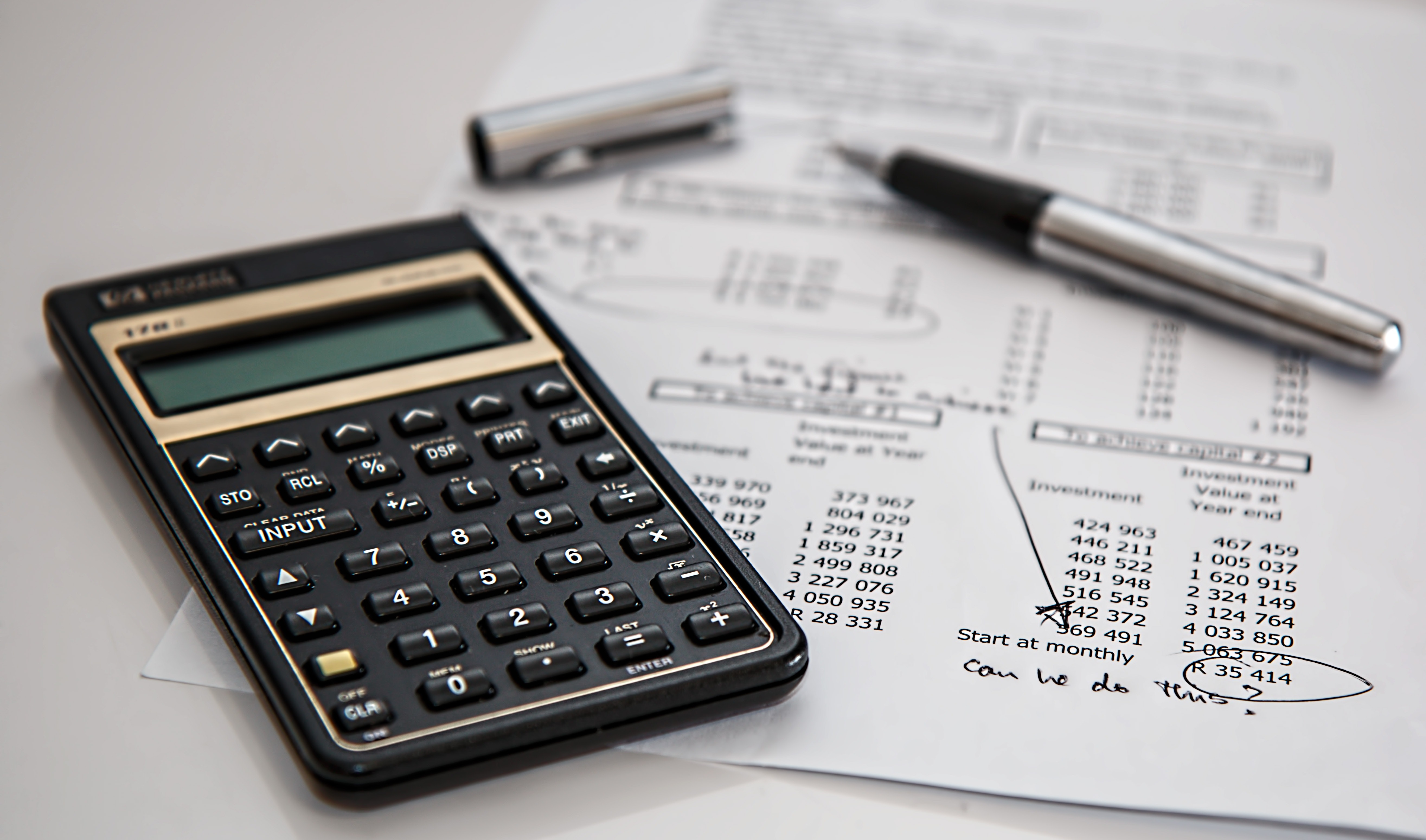1. Check your account statements
Pinpoint your money habits by taking inventory of all of your accounts, including your checking account and all credit cards you have. Looking at your accounts will help you identify where you’re spending.
Annamaria Lusardi, the Denit Trust chair of economics and accountancy at the George Washington University School of Business, recommends getting a sense for your monthly cash flow — what’s coming in and what’s going out.
2. Categorize your expenses
Start grouping your expenses. Some credit cards automatically tag your purchases in categories like department store or automotive. You could find that your morning Starbucks run is costing you a lot.
Your spending will consist of both fixed expenses and variable expenses. Fixed expenses are less likely to change from month to month.
3. Use a budgeting app
Our budgeting app shall provide all the necessary features one needs.
Depending on what you get out of it, a paid app may be worth the cost.
4. Explore other expense trackers
Not a fan of apps? A spreadsheet is another valuable money-tracking tool.
Or, if you have a more complex financial portfolio, you can buy software.
5. Identify room for change
As you track, be ready to make adjustments. It’s worth your time to keep tabs on your monthly expenses because of what you’ll uncover.
“Tracking expenses can be very valuable for finding out what's really costing you, and what is not as bad as you thought,” Serlin says.
